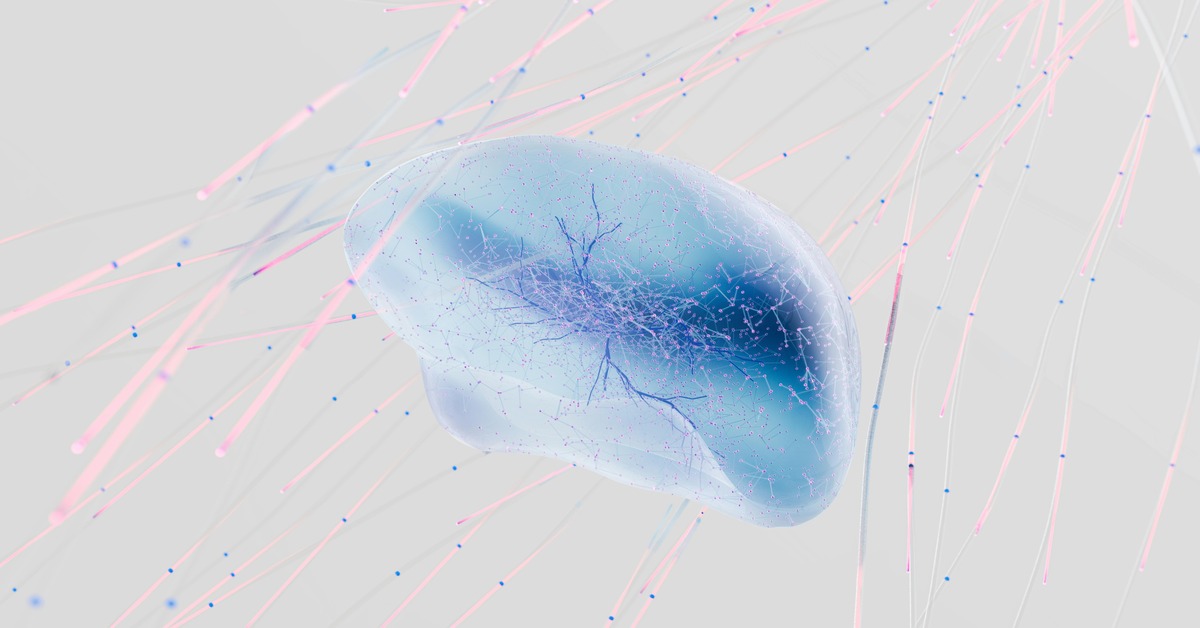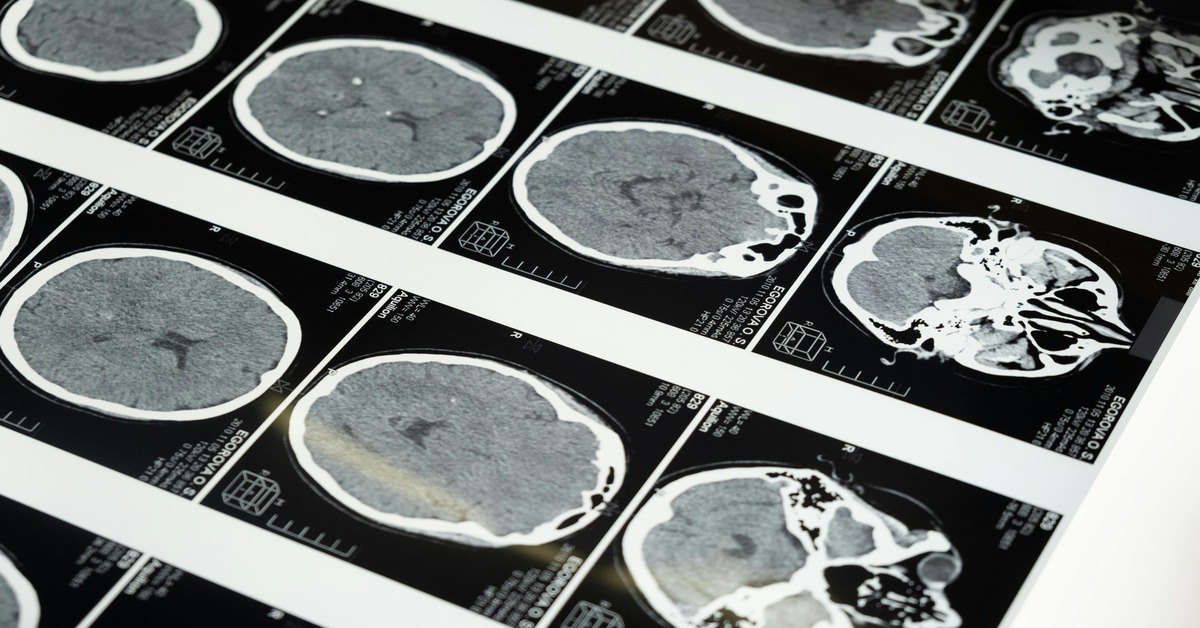In the rapidly advancing field of brain-machine interfaces (BMIs), few names garner as much attention as Neuralink, the company co-founded by Elon Musk. Recently, Neuralink achieved a significant milestone: the successful completion of Neuralink’s Second Transplant in a human volunteer. This development has sparked widespread interest and speculation about what this means for the future of neuroscience, medicine, and even human evolution.
What is Neuralink?
Neuralink is a neurotechnology company that aims to develop implantable brain-machine interfaces to connect the human brain directly with computers. The company’s vision is to create devices that can treat neurological conditions and eventually merge humans with artificial intelligence (AI). At the core of Neuralink’s technology is a tiny, flexible electrode thread—thinner than a human hair—that can be implanted into the brain to monitor and stimulate neural activity.
The technology is designed to interface with neurons, the brain cells responsible for transmitting information. The electrodes pick up signals from these neurons and send them to an external computer, where they can be analyzed and used to control devices, such as computers or robotic limbs.
Neuralink’s Second Transplant: A Major Milestone
Neuralink’s second human transplant marks a significant step forward in the development of brain-machine interfaces. This transplant, much like the first, involved implanting the company’s device into a human brain to establish a direct link between the brain’s neural activity and a computer. The procedure was conducted after rigorous preclinical trials and was approved by the relevant medical and ethical boards.
The primary purpose of this transplant is to test the device’s safety, efficacy, and functionality in a human subject. The implant is designed to allow the patient to control external devices using their thoughts, offering a potential breakthrough for individuals with paralysis or severe neurological conditions.
What Does Neuralink’s Device Do?
Neuralink’s device operates as a high-bandwidth BMI, capable of reading and interpreting brain signals with unprecedented precision. Once implanted, the device can:
Monitor Neural Activity: Neuralink’s Second Transplant
The electrodes embedded in the brain can detect the electrical impulses generated by neurons. This data is transmitted to a computer for analysis.
Stimulate Neurons: Neuralink’s Second Transplant
The device can also send electrical impulses back into the brain, stimulating specific neurons. This capability could be used to treat neurological disorders by restoring normal brain function.
Facilitate Thought-Controlled Devices: Neuralink’s Second Transplant
The most publicized aspect of Neuralink’s technology is its potential to allow users to control devices—such as computers, smartphones, or even prosthetic limbs—using only their thoughts. This could drastically improve the quality of life for people with disabilities.

The Future of Neuralink after Neuralink’s Second Transplant
Neuralink’s second transplant is more than just a technical achievement; it represents a glimpse into a future where humans can interact with technology in entirely new ways. The implications of this technology are vast and multifaceted:
Medical Applications:
In the short to medium term, Neuralink’s technology could revolutionize the treatment of neurological conditions. Patients with spinal cord injuries, neurodegenerative diseases, or even mental health disorders could benefit from implants that help restore lost functions or modulate brain activity.
Enhancing Human Abilities:
Beyond treating diseases, Neuralink envisions a future where brain-machine interfaces could enhance human abilities. Imagine a world where you can control devices, access the internet, or even communicate telepathically with others—all through a Neuralink implant.
AI Integration:
One of the more controversial aspects of Neuralink’s vision is the potential for integrating human brains with AI. By creating a direct interface between the brain and AI systems, Neuralink could pave the way for a future where humans and machines work together in ways previously confined to science fiction.
Ethical Considerations:
The rapid development of brain-machine interfaces also raises important ethical questions. Issues such as privacy, consent, and the potential for misuse of the technology must be carefully considered as Neuralink and other companies push the boundaries of what is possible.
Long-Term Societal Impact:
As Neuralink’s technology matures, it could have profound effects on society. From transforming healthcare to altering the nature of work and human interaction, the widespread adoption of brain-machine interfaces could change the world in ways we are only beginning to imagine.
Neuralink’s second transplant is a major milestone in the journey toward a future where humans can seamlessly interact with technology through thought alone. While there is still much work to be done, the potential applications of this technology are vast and could fundamentally change the way we live, work, and interact with the world around us. As Neuralink continues to push the boundaries of neuroscience and technology, the world watches with anticipation for what comes next in this bold new frontier.
Read This Now – The AI Race: Is Apple Falling Behind?


Leave a comment